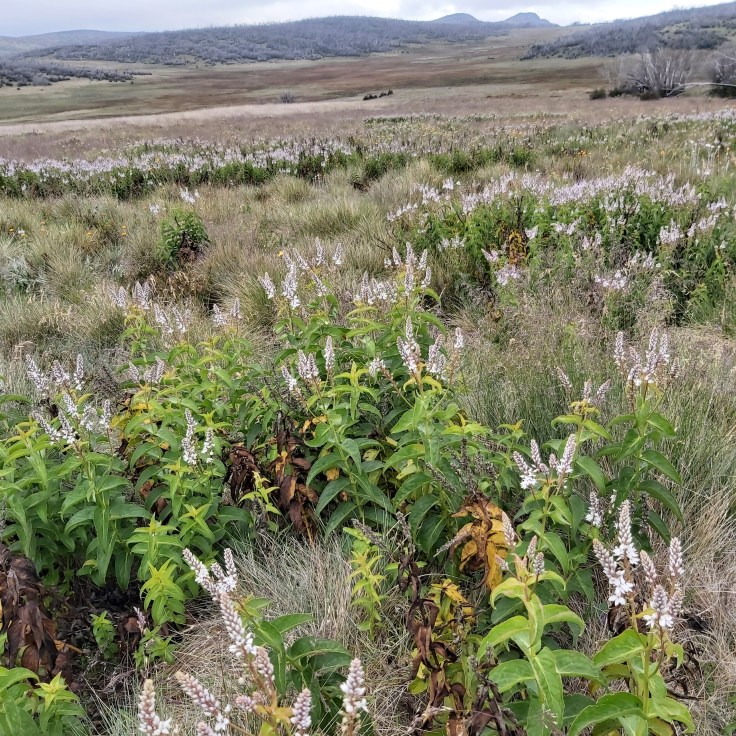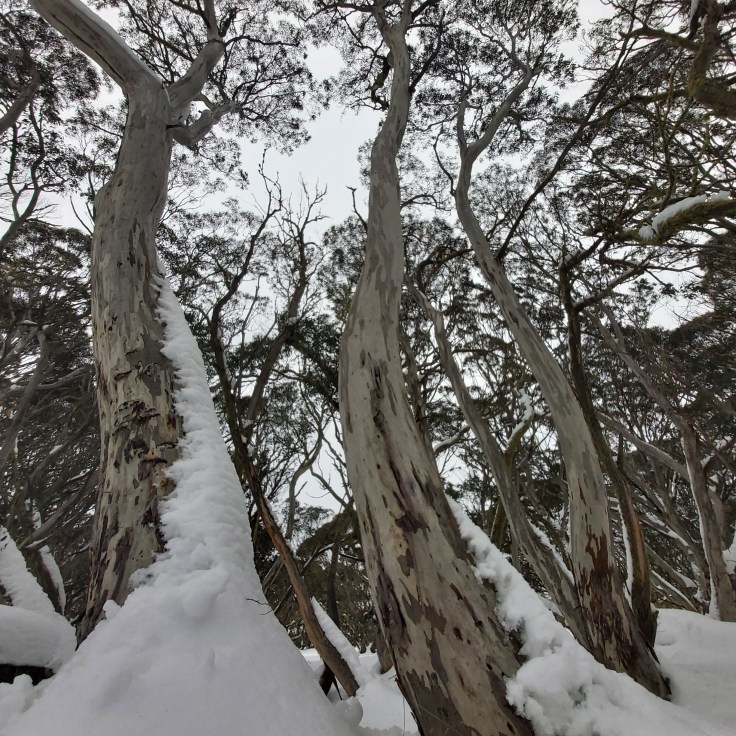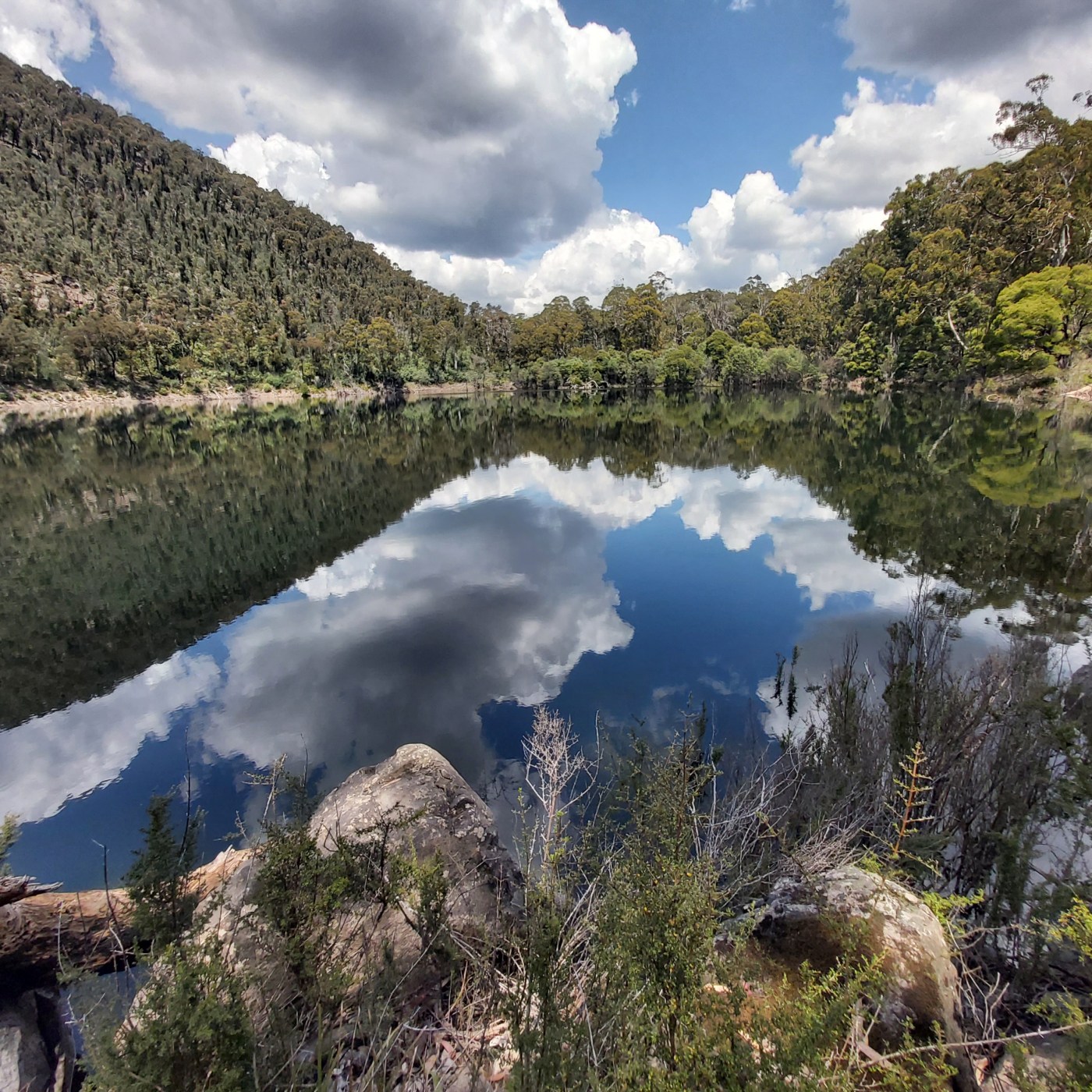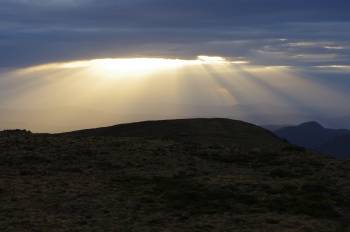On 26 October 2018 the Victorian Government, the Taungurung Land and Waters Council Aboriginal Corporation (TLaWCAC), and the Taungurung Traditional Owner group signed a number of agreements under the Traditional Owner Settlement Act 2010 (Vic), which means that ownership of nine Victorian parks and reserves, including Mt Buffalo National Park and a section of the Alpine National Park, and up to five ‘surplus’ public land parcels have been transferred to the Taungurung Traditional Owner Group.
It should be noted that there is an ongoing territorial dispute between the Taungurung people and clans that identify as Ngurai Illum Wurrung, Waywurru and Dhudhuroa, and has the potential to affect the state’s treaty negotiations. This impacts the agreement in the east of the area, which includes Mt Buffalo and the Alpine national park.
It has now been announced that Gunaikurnai Land and Waters Aboriginal Corporation (GLaWAC) has been ‘re-negotiat(ing) the Gunaikurnai Recognition Settlement Agreement with the State of Victoria’, and ‘we’re excited by the addition of four new joint managed parks as part of our Early Outcomes package’.
From early July 2023, the Avon Wilderness Park, Baw Baw National Park, Nooramunga Marine and Coastal Park and the Alpine National Park on Gunaikurnai Country will now be joint managed by GLaWAC and Parks Victoria.
‘Country and Culture are significant pillars of the spiritual and lived strength that our members need and strive for.
‘We recognise the knowledge, strength and resilience of our Ancestors, Elders, and Community – the driving force behind our decision making and our cultural lore.
We continue the long and hard fought path toward self-determination, realising the goals of the Gunaikurnai Whole Of Country Plan, in honour of those who have come before and those who continue to make the aspirations of the Gunaikurnai heard.’

[Wellington Plains, Alpine national park, Gunaikurnai country]
What does this mean for management of these parks?
It is not yet clear, but is a welcome step forward for the land back aspirations of Gunaikurnai people. The long standing arrangement in Barmah national park where joint management occurs between Yorta Yorta people and the state government, has delivered environmental and cultural benefits.
The Whole of Country plan spells out some Gunaikurnai plans for the future, and notes that, in the Alpine national park,
‘The generally good condition of this suite of alpine parks forms the basis of several opportunities for sustainable economic development. As the headwaters of many of Victoria’s water catchments, their value in providing good quality water supplies is significant. Visitation of many of these parks is high, providing a strong basis for tourism-related industries. Carbon production through forest restoration and fire management may also prove to be applicable in these areas’.
Working towards joint management of the alpine park estate is a long term goal. Steps that could help us work towards this goal could include:
- Building our experience of joint management and drawing together the evidence for an expansion of the Aboriginal Title estate
- Further investigations into the alpine parks to determine priorities for incrementally building them into the Aboriginal Title estate
- Collaborating with other Traditional Owner groups to develop collective approaches and goals for management of alpine parks, recognising that landscape features and not park boundaries dictate the natural systems.
There is additional information on Gunaikurnai approaches to joint management here.
With an end to native forest logging due on January 1, 2024 in the east of Victoria, we have enormous opportunities for First Nations groups to take on managing the additional 1.8 million hectares of public land which will no longer be available for logging. It is heartening to see GLaWAC say in their whole of country plan: ‘The designated national parks in the high country are the sites of some of Victoria’s most spectacular reserves, with largely intact natural landscapes and diverse plants and animals. Connections between these parks are relatively strong, making it logical to take a whole-of-landscape approach to management.
The ecosystems of the high country have been fragmented through decades of overlogging. Hopefully now we can start the process of managing the landscape more holistically. Hopefully this also means meaningful economic opportunities for Gunaikurnai people.
It hopefully means more dual naming of landscape features. And better protection of significant places in the park, as is happening at Lake Tali Karng.

[near JB Plain, Alpine national park, Gunaikurnai country]
[HEADER IMAGE: Lake Tali Karng, Gunaikurnai country]
























































July 4, 2023 at 7:56 pm
This is a step backwards,it will only create disaster